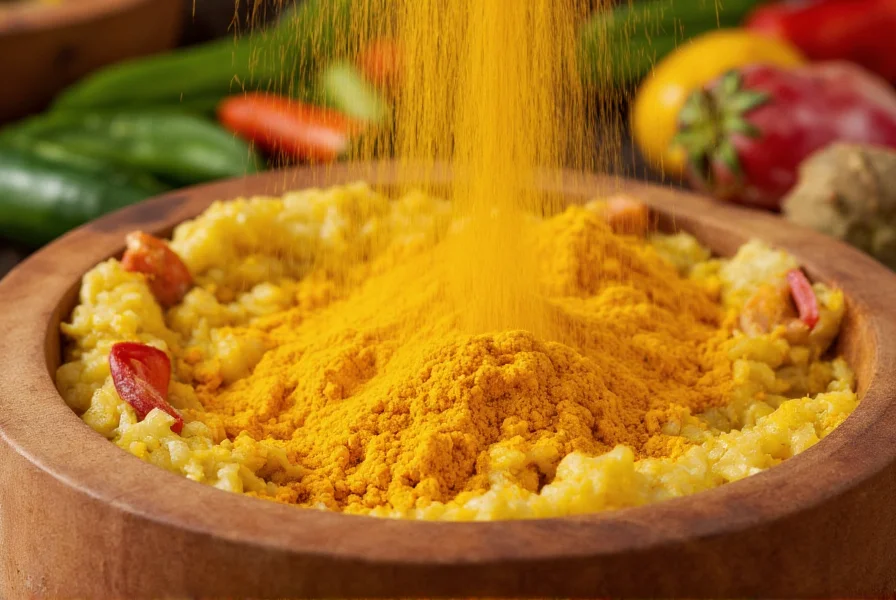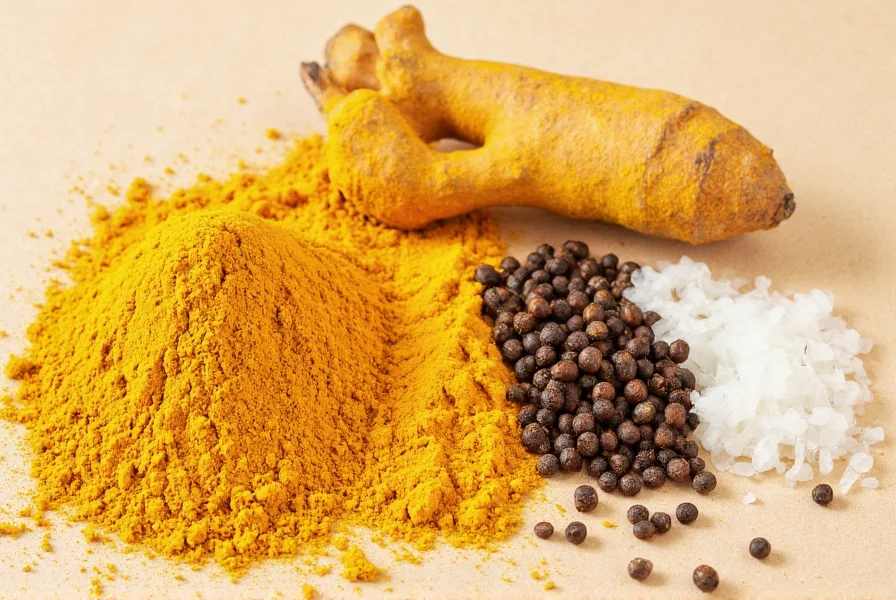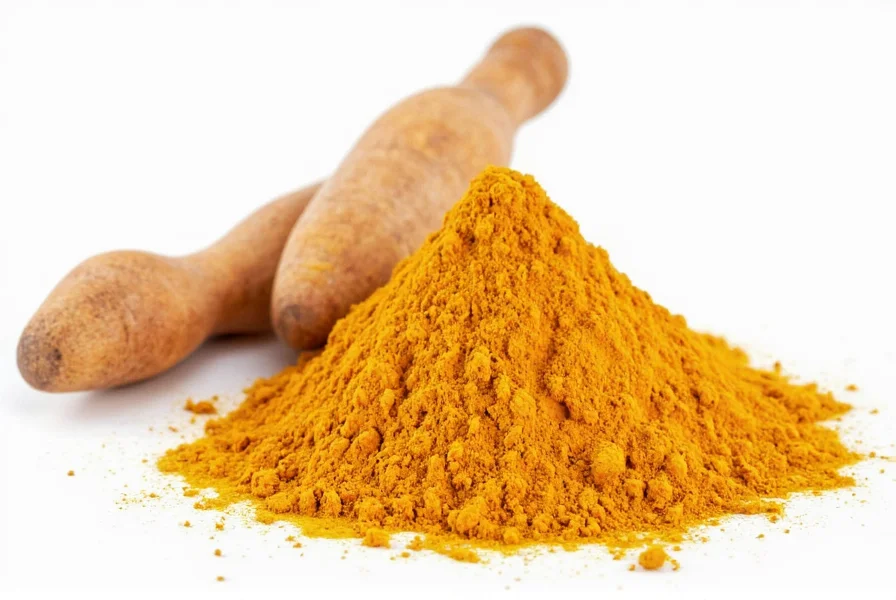Understanding Turmeric Powder and Its Versatile Applications
Turmeric powder has been a staple in global kitchens and traditional medicine systems for thousands of years. This golden-yellow spice offers far more than just color to dishes—it serves multiple practical purposes across culinary, health, and household applications. Understanding what turmeric powder is used for helps consumers make informed decisions about incorporating this versatile ingredient into their daily lives.
Culinary Uses of Turmeric Powder
Chefs and home cooks worldwide rely on turmeric powder for its distinctive earthy flavor and vibrant color. In Indian cuisine, it's essential for curry preparations, while Southeast Asian cooking uses it in rice dishes and marinades. The spice works particularly well with lentils, vegetables, and rice, creating that characteristic golden hue associated with many traditional dishes.
When exploring what turmeric powder is used for in cooking, consider these practical applications:
- As a base ingredient in curry powders and spice blends
- To color and flavor rice dishes like biryani and turmeric rice
- In marinades for meats, tofu, and vegetables
- As a natural food coloring alternative to artificial dyes
- In soups, stews, and sauces for both color and subtle flavor
Professional chefs recommend toasting turmeric powder briefly in oil before use to enhance its flavor profile and increase the bioavailability of curcumin, its active compound. This simple technique maximizes what turmeric powder is used for in culinary applications.

Traditional Medicinal Applications
Ayurvedic and traditional Chinese medicine systems have documented turmeric powder uses for wellness for centuries. In these healing traditions, turmeric serves as a natural remedy for various conditions. The most common traditional medicinal applications include:
| Traditional Use | Preparation Method | Frequency |
|---|---|---|
| Digestive support | Mixed with warm water or milk | Daily |
| Joint comfort | Combined with black pepper and healthy fats | Twice daily |
| Skin health | Applied as a paste with water or honey | 2-3 times weekly |
| Immune support | Added to herbal teas and tonics | As needed |
These traditional turmeric powder uses reflect generations of practical knowledge, though modern science continues to investigate their validity through clinical research.
Modern Health Applications Supported by Research
Contemporary scientific research has examined what turmeric powder is used for in evidence-based wellness practices. Studies suggest potential benefits related to inflammation management and antioxidant activity. The active compound curcumin appears to be responsible for many of these effects, though it has limited bioavailability on its own.
When considering turmeric powder uses for health purposes, research indicates potential applications for:
- Supporting joint health and mobility
- Contributing to the body's natural inflammatory response
- Providing antioxidant protection against free radicals
- Supporting cognitive function as part of a healthy lifestyle
- Contributing to cardiovascular health markers
Health professionals recommend combining turmeric powder with black pepper (which contains piperine) and healthy fats to enhance absorption. This practical approach maximizes the potential benefits of what turmeric powder is used for in modern wellness routines.

Other Practical Applications of Turmeric
Beyond the kitchen and medicine cabinet, turmeric powder serves several household purposes. These alternative turmeric powder uses demonstrate the spice's versatility:
- Natural dye - Creates beautiful yellow-orange hues for fabrics and crafts
- Beauty applications - Incorporated into face masks and hair treatments for its purported skin-brightening properties
- Cleaning agent - Used in some natural cleaning solutions for its antiseptic qualities
- Food preservation - Shows potential antimicrobial properties that may help extend food freshness
How to Use Turmeric Powder Effectively
To maximize what turmeric powder is used for in your daily routine, consider these evidence-based recommendations:
- Combine with black pepper (just 1/20th of turmeric's amount) to increase curcumin absorption by up to 2,000%
- Mix with healthy fats like coconut oil or olive oil, as curcumin is fat-soluble
- Heat gently in cooking to enhance bioavailability without degrading active compounds
- Store in an airtight container away from light to preserve potency
- Start with small amounts (1/4-1/2 teaspoon daily) and gradually increase as tolerated
Safety Considerations When Using Turmeric Powder
While turmeric powder uses are generally safe for most people, certain precautions warrant attention. Those taking blood-thinning medications should consult healthcare providers before consuming turmeric in medicinal amounts. High doses may cause digestive discomfort in some individuals.
Pregnant women should limit turmeric to culinary amounts rather than medicinal doses. People with gallbladder issues may need to avoid high turmeric consumption. As with any natural remedy, understanding appropriate usage ensures safe incorporation of turmeric powder into daily routines.
Conclusion
Turmeric powder serves multiple valuable purposes across culinary, wellness, and household applications. From enhancing the flavor and color of dishes to potentially supporting various aspects of health, this golden spice offers versatile benefits. When exploring what turmeric powder is used for, focus on evidence-based applications while respecting traditional knowledge. By understanding proper usage techniques—particularly combining with black pepper and healthy fats—you can maximize the potential benefits of this remarkable spice.
Frequently Asked Questions
What are the primary culinary uses of turmeric powder?
Turmeric powder serves as a key ingredient in curry blends, rice dishes, soups, and marinades. It provides both distinctive earthy flavor and vibrant yellow color to foods. Professional chefs often toast it briefly in oil to enhance flavor and increase curcumin bioavailability, maximizing what turmeric powder is used for in cooking applications.
How does turmeric powder benefit health when used regularly?
Research suggests turmeric powder may support joint health, contribute to the body's natural inflammatory response, and provide antioxidant protection. The active compound curcumin appears responsible for many benefits, though it requires proper preparation—combining with black pepper and healthy fats—to maximize absorption and effectiveness.
What's the best way to increase turmeric powder absorption?
To enhance what turmeric powder is used for in wellness routines, combine it with black pepper (containing piperine) and healthy fats. Just 1/20th of turmeric's amount in black pepper can increase curcumin absorption by up to 2,000%. Adding turmeric to oil-based dishes or warm milk with a pinch of black pepper creates optimal absorption conditions.
Can turmeric powder be used for skin care?
Yes, turmeric powder has traditional uses in skin care applications. Many people create face masks by mixing turmeric with honey, yogurt, or milk. These preparations may support skin brightness and health, though scientific evidence remains limited. Always perform a patch test first, as turmeric can temporarily stain lighter skin tones yellow.
How should I store turmeric powder to maintain its potency?
Store turmeric powder in an airtight container away from direct light and heat. Exposure to air, light, and moisture degrades curcumin content over time. Properly stored turmeric maintains potency for 1-2 years. For extended shelf life, consider refrigeration in a completely sealed container to prevent moisture absorption.











 浙公网安备
33010002000092号
浙公网安备
33010002000092号 浙B2-20120091-4
浙B2-20120091-4